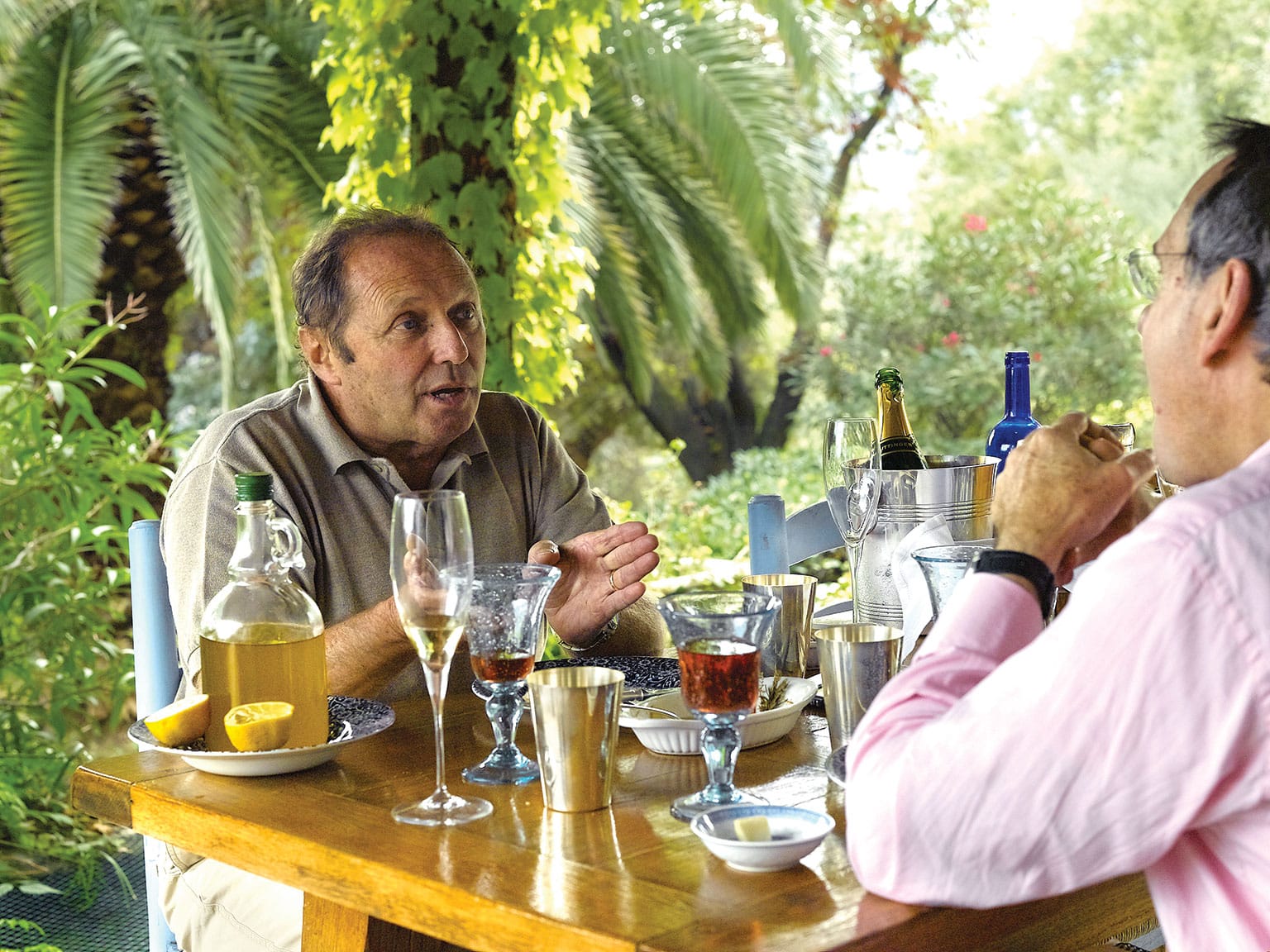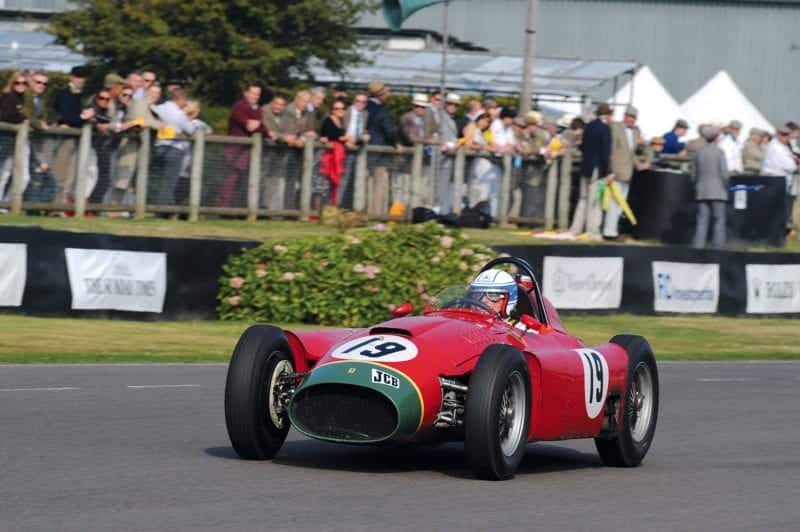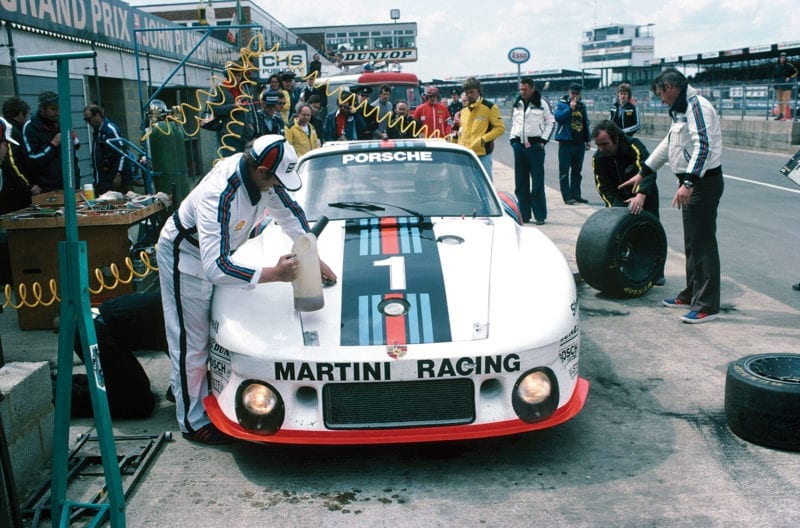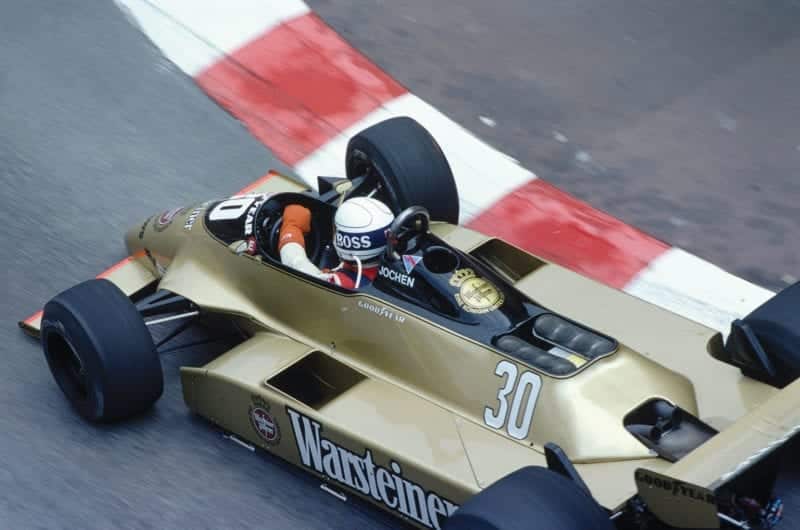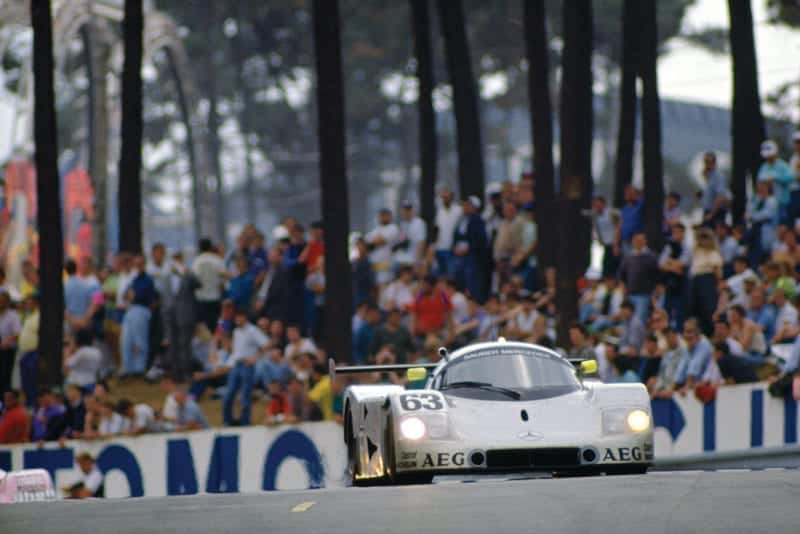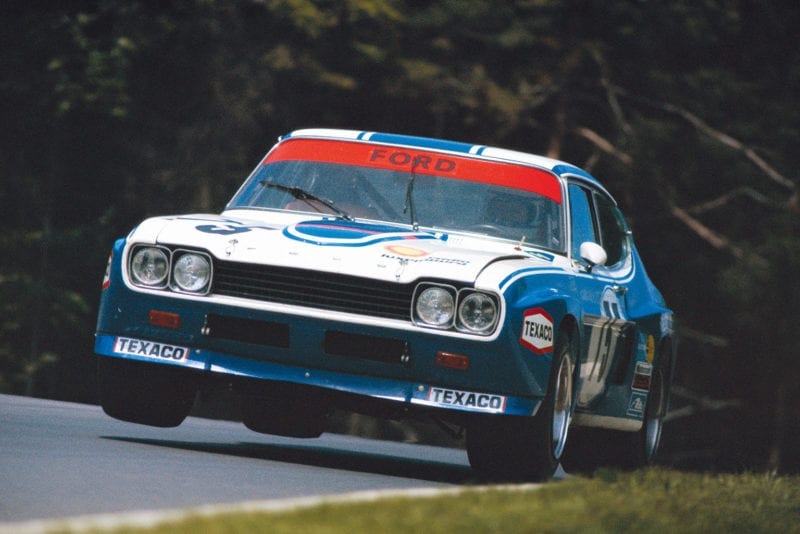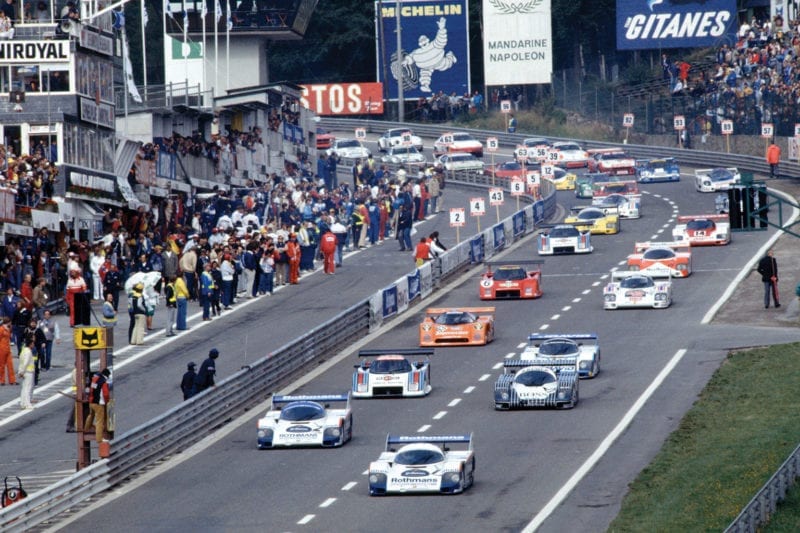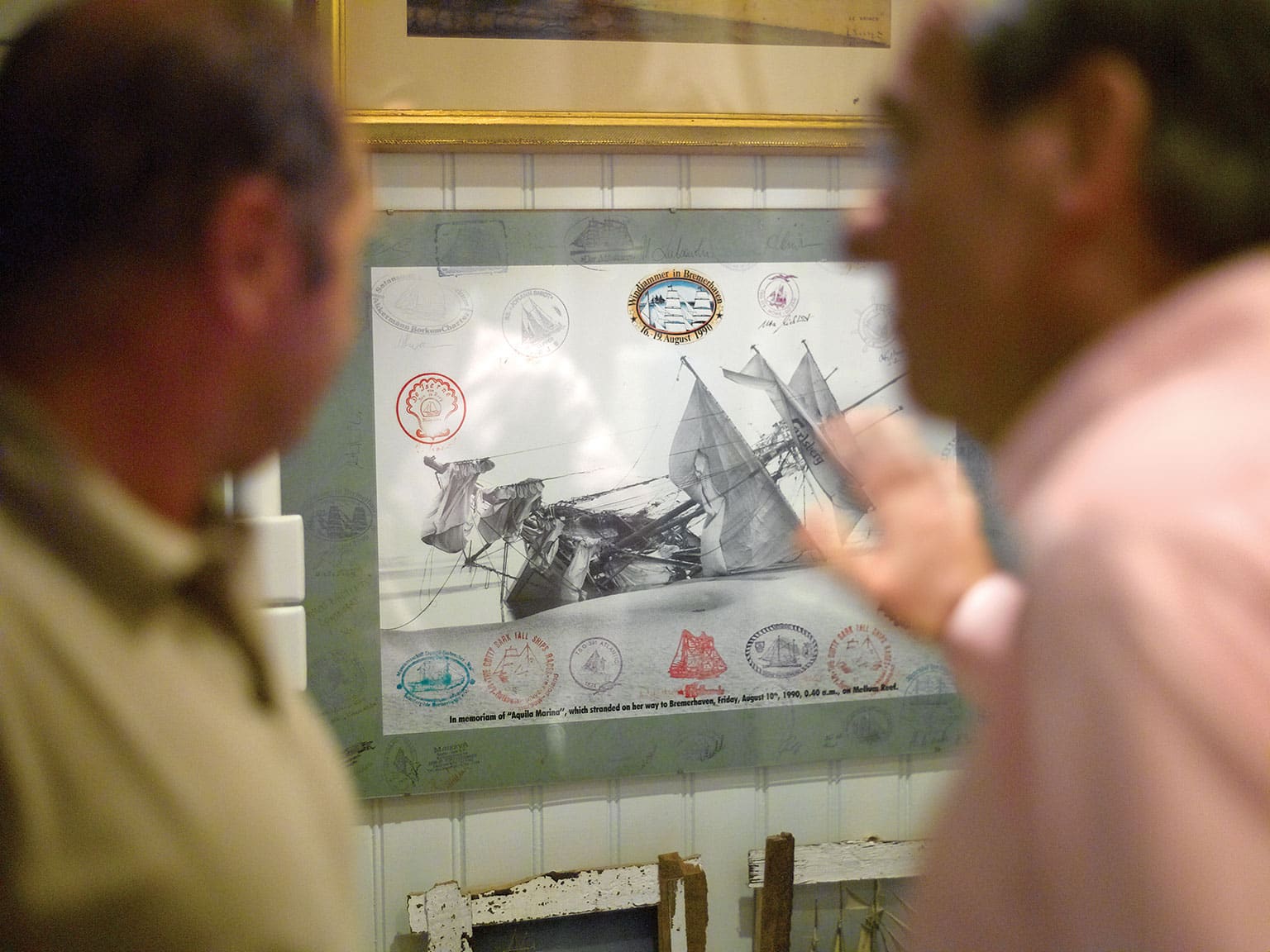It took me a year to talk him into letting me drive in a local hillclimb. In a standard Giulia saloon, I came second behind a race-prepared car. In 1968, when I was 21, I did my first circuit race on an airfield at Ulm in one of the dealer’s GTAs, and won my class. I just seemed to take to it: natural ability, I suppose. You either have it, or you don’t. I was doing well against Gerd Schüler, Ford’s hillclimb man with a works Escort, so when Ford had a big test at Zandvoort they invited me. There were 30 drivers there, established racers like Tim Schenken and Howden Ganley, Jean-Pierre Jabouille and Jean-François Piot, and they gave each of us five laps. The four fastest were covered by a fifth of a second: Dieter Glemser and Manfred Mohr, who already had Ford contracts, and Helmut Marko and me.
“After that Ford summoned me to Cologne and offered me a contract. They said, ‘What do you want to earn?’ As a mechanic I was earning 50 pfennigs an hour, and my mother made me a little bread roll for my lunch. With overtime I ended up with about 1800 marks a year. I didn’t have the faintest idea what a racing driver got paid. Whatever I said, it would be too little, or too much. So I just gaped at them, and they smirked back at me. Then they said, ‘OK, we’ll give you 70,000 marks a year, plus expenses and a company car.’ I couldn’t believe my ears.
“At first they ran me in V6 Capris in the European Championship hillclimbs – long mountain passes like Mont Ventoux, Trento Bondone, Mont Dore, Dobratsch. Hilariously dangerous, and a real adrenaline rush. I loved hillclimbs because it was what I’d been doing, flat out from the word go. By 1971 I was on the circuits in Capris, and I won the German Touring Car Championship. I’d never sat in a single-seater, not even in a kart, but in 1971 a friend lined up a SuperVee for me. I won at Thruxton on Easter Monday, and the German GP support at the Nürburgring. Then Jochen Neerpasch of Ford told me to get myself to England, because they’d got me a Formula 3 Brabham.
“I towed it around the UK behind a Ford Transit, with a huge Danish mechanic called Gunnar, a really good guy, like a big faithful dog. I called him my Great Dane. We did the last half-dozen rounds of the British championship, up against Jody Scheckter, James Hunt, Roger Williamson, Dave Walker. I got some good places, and I won at Castle Combe after a big battle with Jody. That put me on the map.”
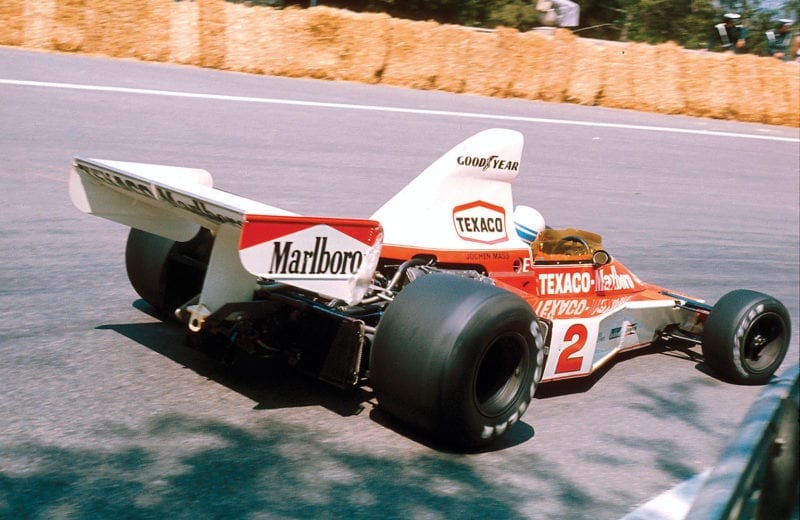
Sole F1 win at Montjuich Park in 1975 was marred by tragedy
Motorsport Images
In 1972 Jochen really hit the headlines. March put him in Ronnie Peterson’s works Formula 2 car when Ronnie was otherwise engaged, and he led his first F2 race, the Jim Clark Trophy at Hockenheim, until his clutch went. Two weeks later he won his second, the Eifelrennen at the Nürburgring. For Ford Cologne he was crowned European Touring Car Champion, with outright wins in the 2.6 Capris in the Spa 24 Hours, the Silverstone TT, Monza, Zandvoort and Jarama. The Capris also did Le Mans that year. “I hated it with a passion, because we were doing it in a bloody touring car, all the time trying to get out of the way of the fastest sports prototypes. That was the year Jo Bonnier was killed, after he collided with a slower car.” In fact Jochen and co-driver Hans Stuck qualified 30th out of 55 starters, and were in a class-leading 15th place at dawn when the engine threw a rod.
He kept on with F3 with a works March, and sampled Monaco for the first time. “Out of 70 entries, the best 40 qualified for the heats, and the top 10 in each heat went into the final. On the last lap of my heat I was only 12th, and I just had to make the final. The guy in front of me thought the same, he moved out to overtake, I hit his back wheel, flew over him and the man in front of him, bent the suspension when I landed, and crossed the line 10th. So I was in, on the back row, and it was raining hard. I passed eight cars on the first lap, and I’d got up to fifth when a couple of cars tangled in front of me at Mirabeau. I had to stop dead, and then one of them selected reverse and ran over my nose cone. In the end I finished seventh.
“My best F3 race was at the ’Ring. It was teeming with rain, and off the line I got water in the electrics and chugged away on three cylinders. Everybody came steaming past me, then number four chimed in, and I went past them all on the outside and found myself in the lead. The whole of the Nordschleife, empty in front of me. At Brünnchen there was a river running across the road, and I aquaplaned off and spun. I expected the rest to come pouring over the brow, but they didn’t, and I got going again and won. Patrick Depailler’s Alpine was second.”
Jochen raced sports cars, too, sharing a works Chevron with Gerry Birrell in the Springbok Series. They were second overall in the Kyalami Nine Hours behind the Regazzoni/Merzario Ferrari 312P, and Jochen won at Cape Town, Lourenço Marques and Pietermaritzburg. “At Kyalami the front row of the grid was two Ferrari 312Ps – Clay Regazzoni on pole, Jacky Ickx next to him – and me in the Chevron. As they cleared the grid I suddenly realised I didn’t know where the starter was. I looked around frantically, couldn’t see him, then I thought Jacky will know, and I looked across at him. He was looking around frantically too. At that moment the flag must have fallen, because Regga took off, leaving me and Jacky standing.”
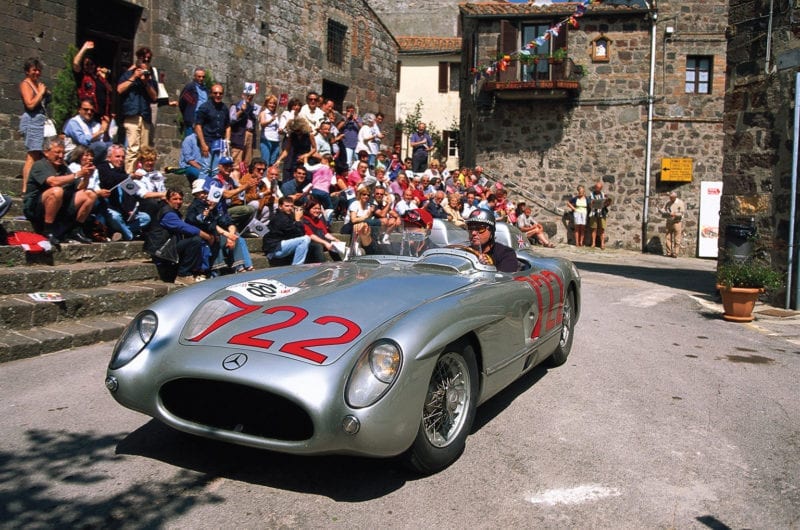
Sharing a Mercedes SLS with Sir Stirling Moss in the 2001 Mille Miglia as part of Mercedes work
Motorsport Images/Schlegelmilch
For 1973 Jochen had a full F2 drive for Surtees. “John’s F2 cars were very good. I won two rounds and finished second in the European Championship, even though we had the Ford engine when the BMW was the one to have.” At Rouen his friend Birrell was killed. “We raced together in the Springbok Series and in the Capris, we travelled together. He was very talented. In practice I had a problem and stopped beside the track. Gerry came past slowly, cooling his tyres before going for a fast lap, and waved to me. Then practice was red-flagged, I didn’t know why. I was towed back to the paddock, and John told me Gerry was dead. It was a dreadful shock. His wife Margaret had just given birth to twin daughters.”
